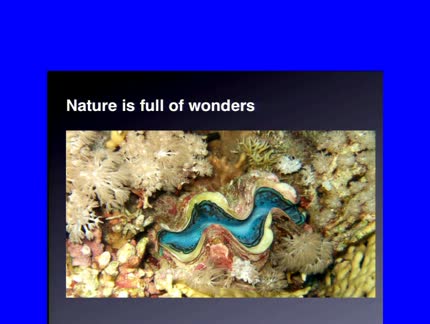Found 14 talks width keyword low-mass stars

Abstract
We discuss the role and significance of molecules in the modern astrophysics. Molecular opacities govern the structure of model atmospheres of late-type stars and ultracool dwarfs. Some problems of computations of model atmosphere and synthetical spectra of cool stars are discussed. We present some successful attempts of the application of the molecular spectroscpy for the studies of late -type stars and ultracool dwarfs. Finally, some problems of fitting theoretical spectra to the observed SED are discussed.

Abstract
Ultracool dwarfs represent the low-mass tail of the distribution of primary masses for which planets can be found with the Kepler satellite. Our team has identified 42 new ultracool dwarfs in the Kepler field of view that have started to be observed with this space telescope via its General Observer and Director Discretionary Time programs. First results of a study of Kepler light curves of 18 very low-mass dwarfs will be presented at this talk. It is demostrated that Kepler is sensitive to moon sized companions of ultracool dwarfs at short orbital periods (few days), and an intriguing candidate will be shown. Results from a ground-based infrared transit survey will also be presented which confirm the lack of Hot Jupiters around very low-mass primaries. Last but not least, a concept for a sustainable hybrid Hypertelescope that would be crucial to follow-up rocky planets will also be introduced.

Abstract
We present the completion of a program to cross-correlate the SDSS Data Release 1 and 2MASS Point Source Catalog in search for extremely red L and T dwarfs. The program was initiated by Metchev and collaborators, who presented the findings on all newly identified T dwarfs in SDSS DR1, and estimated the space density of isolated T0--T8 dwarfs in the solar neighbourhood. In the current work we present most of the L dwarf discoveries. Our red-sensitive (z-J > 2.75 mag) cross-match proves to be efficient in detecting peculiarly red L dwarfs, adding two new ones, including one of the reddest known L dwarfs. Our search also nets a new peculiarly blue L7 dwarf and, surprisingly, two M8 dwarfs. We further broaden our analysis to detect unresolved binary L or T dwarfs through spectral template fitting to all L and T dwarfs presented here and in the earlier work by Metchev and collaborators. We identify nine probable binaries, six of which are new and eight harbour likely T dwarf secondaries. We combine this result with current knowledge of the mass ratio distribution and frequency of substellar companions to estimate an overall space density of 0.005--0.05 pc^{-3} for individual T0--T8 dwarfs.

Abstract
The proper characterization of the least massive population of the young Sigma Orionis star cluster is required to understand the form of the cluster mass function and its impact on our comprehension of the substellar formation processes. SOri70 (T5.5±1) and SOri73, two T-type cluster member candidates, would have likely masses between 3 and 7 MJup if their age is 3 Myr. SOri73 awaits confirmation of its methane atmosphere. Here I present the results of a search of T-type objects in an area of ~120 arcmin^2 in the Sigma Orionis cluster, the confirmation of the presence of methane absorption in SOri73 and the study of SOri70 and 73 cluster membership via photometric colors and accurate proper motion analysis. This results would have a dramatic impact in the cluster mass function, in one of the scenarios explored, they suggest a decrease in cluster members with planetary masses in the interval 3.5-6 Mjup.
<< First « Newer 1 | 2 Older »
Upcoming talks
- Runaway O and Be stars found using Gaia DR3, new stellar bow shocks and search for binariesMar Carretero CastrilloTuesday April 30, 2024 - 12:30 GMT+1 (Aula)
- Detecting GWs in the muHz: natural and artificial satellites as GW detectorsProf. Diego BlasThursday May 2, 2024 - 10:30 GMT+1 (Aula)









